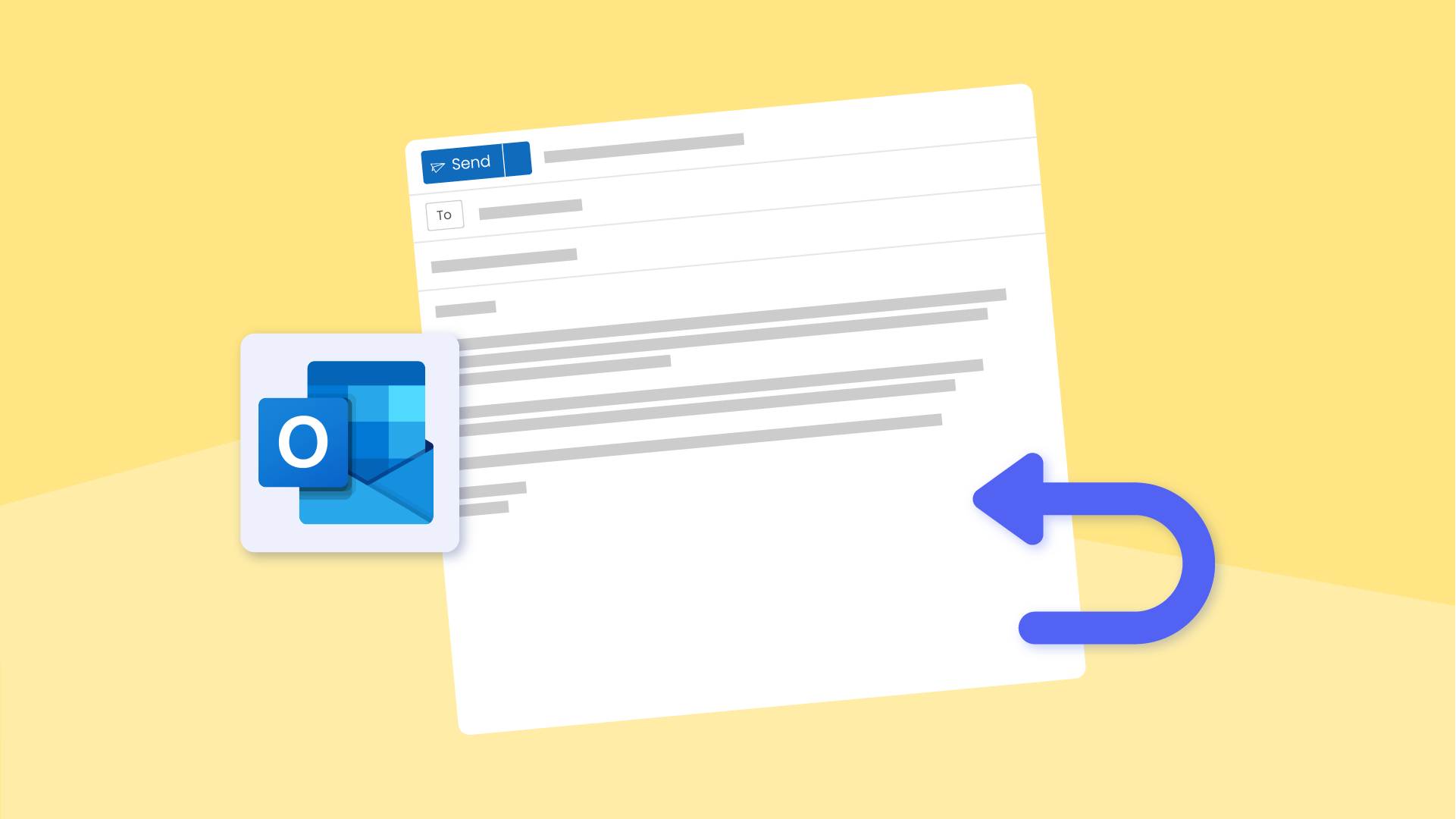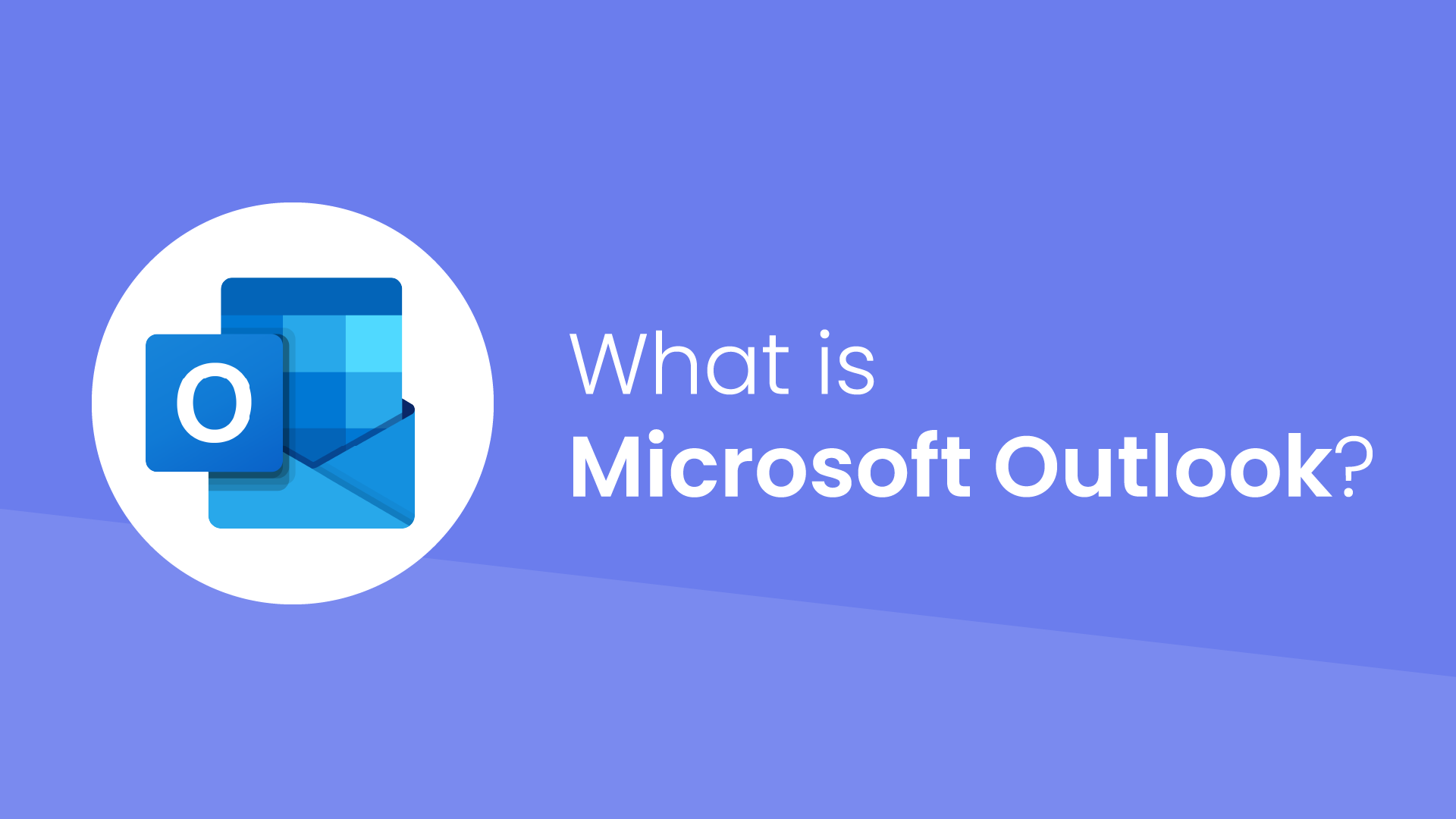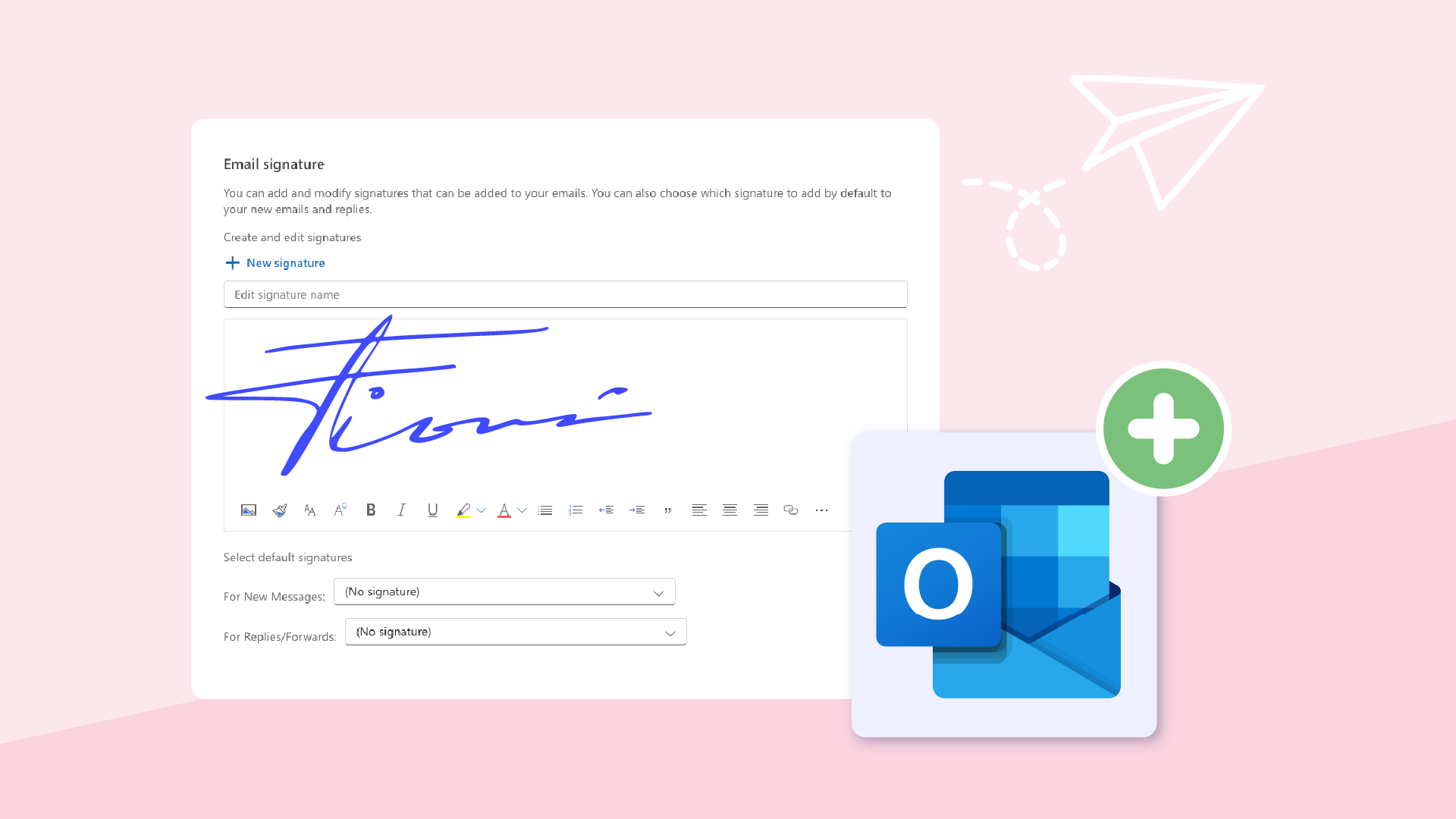

We've all been there – you hit "Send" on an email, only to immediately realize it wasn’t ready to go out. There are many embarrassing, and even panic-worthy reason why you might need to unsend an email:
- The email has a typo,
- The email is missing an attachment
- The email includes an embarrassing error
- The email was sent to the wrong person
Fortunately, Microsoft Outlook offers a feature called "Recall" that can potentially save you from these blunders.
But retracting an email isn't foolproof. It really depends on whether the recipient has opened the email, and the specific email settings on both sides.
In this Microsoft guide, we'll show you how to retract an email in Outlook, explain the limitations of this feature, and what alternative solutions are available if retraction isn't possible.
The prerequisites for recalling an Outlook email
Before you attempt to recall an email in Outlook, two necessary requirements must be met:
- Shared email environment: Both you (the sender) and the recipient of the email must be using Microsoft 365 email accounts or Microsoft Exchange server within the same organization. This means retracting emails sent to personal accounts like Gmail, Yahoo, or even those from other organizations with Microsoft accounts won't be possible.
- Unread status: The email you want to retract must remain unread in the recipient's mailbox. Once they've opened the email, even if only briefly, the retraction feature will no longer be available.
How to recall an email in Outlook (step-by-step)
Let's retract that email. Here's how it's done in Outlook. Follow these step-by-step instructions to attempt to undo your email mishap:
1. Locate the sent email
- Open Outlook, and locate the left-hand panel.
- Click on the "Sent Items" folder. This is where all the emails you've sent are stored.
- If you recently sent the email you want to retract, it should be near the top of the list. You can also use the search bar at the top of the window to find the email by recipient name, subject line, or other relevant keywords.
- Once you find the email, double-click it to open it in a new window.
2. Initiate the retraction process
- With the email open, click on the "File" tab in the top-left corner of the window.
- In the dropdown menu, select "Info."
- On the Info pane, click on "Resend or Recall."
- From the options, choose "Recall This Message."
3. Choose retraction options
A dialog box will appear, offering you two options:
- Delete unread copies of this message: Select this option if you simply want to remove the email from the recipient's inbox without sending a replacement. This is only possible if the recipient hasn't opened the email yet.
- Delete unread copies and replace them with a new message: Choose this option if you want to replace the original email with a replacement message. You'll be prompted to edit the original email before the recall message is sent.
4. Confirmation & notification
- To receive updates on the status of your retraction, check the confirmation dialog box that says "Tell me if recall succeeds or fails for each recipient."
- Click "OK" to initiate the retraction process. Outlook will attempt to recall the email.
- You'll receive a notification message in your inbox for each recipient, indicating whether the retraction was successful or not.
Troubleshooting when retracting an Outlook email fails
Email retraction is not always successful. Here are some common reasons why it might fail:
- The recipient has already opened the email: Once an email is opened, the retraction feature becomes ineffective.
- The recipient uses a different email service: If the recipient isn't using Microsoft Office 365 or Microsoft Exchange within your organization, the retraction feature won't work.
- The email was sent to a public folder: Retraction is typically not available for emails sent to public folders.
- Security settings prevent retraction: Certain security policies or settings might disable the retraction feature.
What to do when you can’t unsend an email
If retracting your email isn't possible, here are some alternative solutions you can consider:
- Send a follow-up email: If the error in your original email was minor, send a follow-up email with the correction or clarification. You can acknowledge the mistake professionally and provide accurate information.
- Apologize for the mistake: If the error was significant or caused confusion, send an apology email acknowledging the mistake and offering any necessary remedies.
- Learn from the experience: Use the situation as a learning opportunity to improve your email communication skills. Double-check your emails before sending them to prevent similar issues in the future.
Additional tips to avoid email retraction mishaps
Let's talk about a few extra tips to keep in mind to avoid those email retraction mishaps.
- Act quickly: Time is of the essence when it comes to retracting emails. The sooner you realize your mistake and initiate the recall process, the higher the likelihood that the recipient hasn't opened the email yet.
- Double-check before sending: The best way to avoid needing to retract emails is to prevent mistakes in the first place. Take a few extra moments to proofread your message, double-check attachments, and ensure the correct recipients are listed before hitting "Send."
- Use "Delay Delivery": If you often find yourself needing to retract emails, consider using Outlook's "Delay Delivery" feature. This allows you to schedule your email to be sent at a later time, giving you a window to catch any errors and retract the message before it reaches the recipient's inbox.
Just keep these tips in mind to avoid having to retract emails and make sure your messages are clear, accurate, and professional.
Second chances in your inbox 📧
While Outlook's email recall feature can be a lifesaver in certain situations, remember retraction is not always guaranteed. It relies on specific conditions being met, such as the recipient using a compatible email service and not having opened the email yet.
If you ever need to take back an email, it's best to act fast and follow the steps in this guide for the best shot at success. But it's also a good idea to have a backup plan just in case retracting the email doesn't work out, like sending a follow-up email with corrections or an apology.
Trend Reports
Ready for an
AI calendar?
Auto-schedule your tasks, habits, breaks, & meetings on Google Calendar.
Start scheduling →It's free! 🎉


















.png)
.png)










